Thigh muscle strain (muscle pull or tear) is common across all age groups, most frequent among athletes. This injury occurs when the thigh muscles are stretched beyond natural capacity, often due to sudden or forceful movements that cause residual microscopic tears in the muscle fibres. Additionally, risk factors like muscle tightness, overuse, and fatigue may predispose you to muscle strain.
Table Of Content
What is Thigh Muscle Strain?
The thigh comprises the hamstring, quadriceps, and adductor muscles. The quadriceps and hamstrings work together to straighten and bend the knee respectively while the adductor muscle pulls the legs together (movement called adduction). The hamstrings and quadriceps are especially prone to strains because they both span across the hip and knee joints.
It is important to differentiate between strains and sprains. Strains describe the tearing of muscles or tendons, whereas sprains refer to the stretching or tearing of ligaments that connect bones within joints. While the signs and symptoms of strains and sprains may appear similar, they affect different parts of the body.
Signs and Symptoms
Common signs and symptoms of a thigh muscle strain include:
- Popping or snapping sensation as muscle tears
- Sudden and severe pain
- Injured area may be tender to the touch, with visible bruising if blood vessels are also affected
- Swelling
The Grades of Thigh Strains
Thigh strains are classified into three degrees of severity:
- First degree strain: damage to a few muscle fibres
- Second degree strain: damage to a more extensive number of muscle fibres
- Third degree strain: a complete rupture of the muscle itself
Treatment (RICE)
Most common method to treat muscle strain is with RICE protocol
- Rest: Take a break from the activity that caused the strain and avoid putting excessive weight on the injured leg
- Ice: use cold packs for 20 minutes several times a day (NOTE: not to apply ice directly on skin). This is best done within the first 6-12 hours of injury.
- Compression: lightly wrap the injured muscle in soft compression bandage to prevent swelling
- Elevation: elevate leg up above the level of heart to minimise swelling
As injuries heal, physical therapy can foster range of motion, build strength, improve flexibility and loosen any tight knots following injury.
Exercises and Precautions
Stretching Exercises
Warming up before any exercise session is crucial for preparing your body for intense activity. It increases blood flow, raises muscle temperature, and elevates your breathing rate. Similarly, cooling down after exercise is important. Stretch slowly and gradually, holding each stretch to allow muscles time to respond and lengthen. If you sustain an injury, it is essential to rest and allow the muscle to heal before resuming sports activities. Recovery time can vary from 10 days to 6 months, depending on the severity of the strain.
- Static quadriceps stretch: Pull foot of injured leg towards your buttock as you feel a gentle stretch on the front of the thigh (Hold 20-30 seconds and repeat 3 time)
- Hamstring stretch (lying down): Lie flat on your back, holding the back of your affected leg for support and lift leg towards your body till you feel a gentle stretch at the back of your thigh (Hold stretch for at least 30 seconds and repeat)
Strengthening Exercises
Incorporating strengthening exercises promotes the healing process, corrects muscle imbalances, and helps prevent future injuries. During physiotherapy sessions, we guide clients through targeted exercises like knee extensions to strengthen the quadriceps. Stronger muscles support and stabilize the knee joint, reducing the likelihood of strain recurrence.
Service We Provide
At Mobilize Physio, we specialize in treating thigh muscle strain. Our physiotherapists develop personalized rehabilitation program , which may include:
- Electro Muscle Stimulation Therapy
- Radio frequency & Instrument Assisted Soft Tissue Mobilization (RF & IASTM)
- Manual Therapy
- High Energy Inductive Therapy
- Exercise therapy
These treatments aim to strengthen the muscles and improve range of motion, ensuring a full and effective recovery.
Recovery and Prevention
If you sustain a thigh muscle strain, it is essential to allow adequate recovery time before resuming sports or intense physical activity. Recovery can range from 10 days to 6 months, depending on the severity of the strain. Adopting proper warm-up and stretching routines, alongside a personalized strengthening program, can significantly reduce the risk of future injuries.

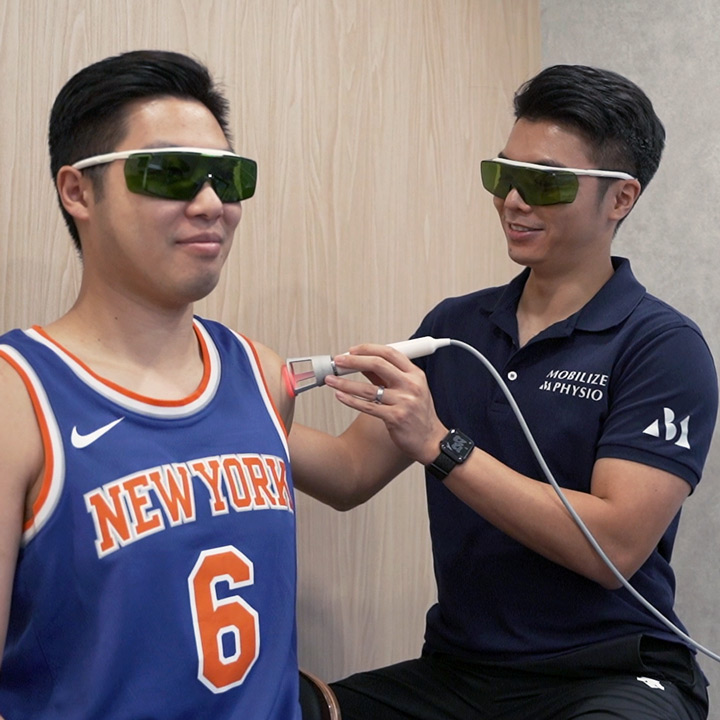
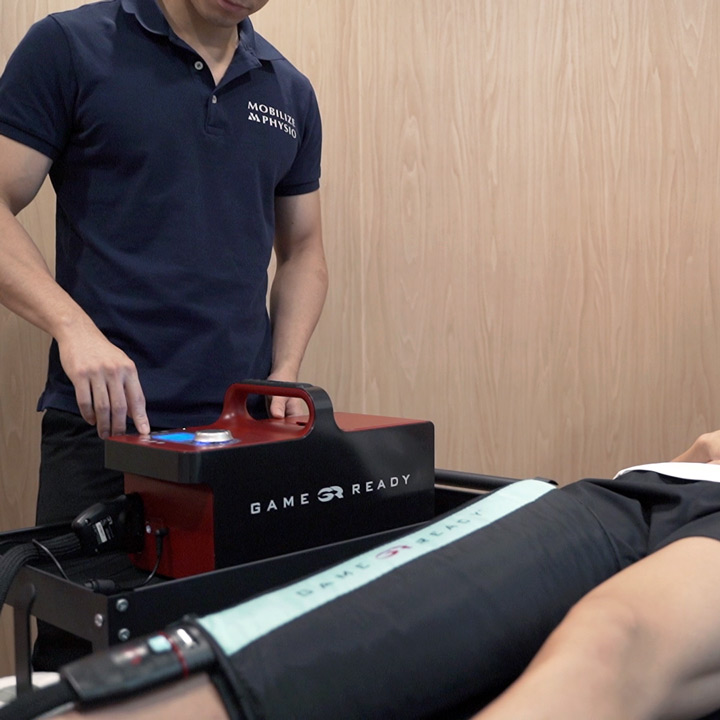
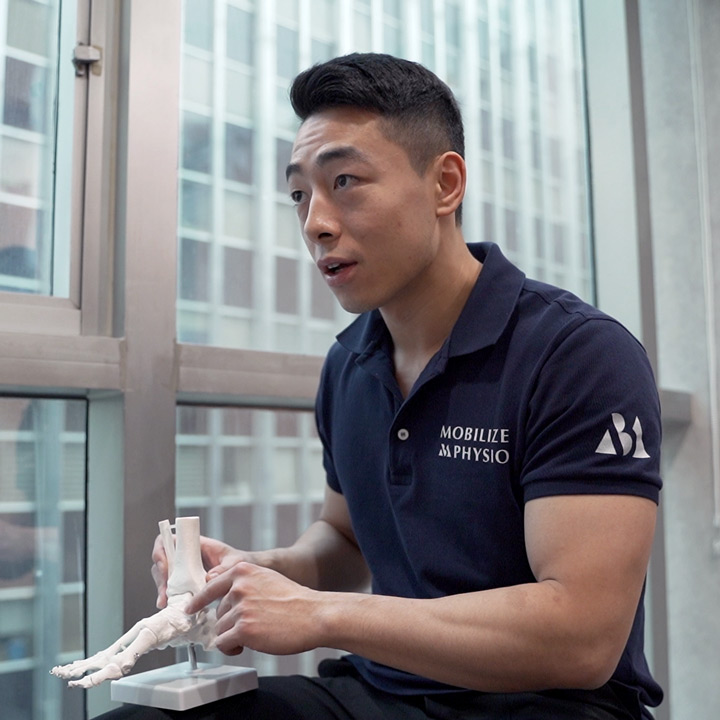
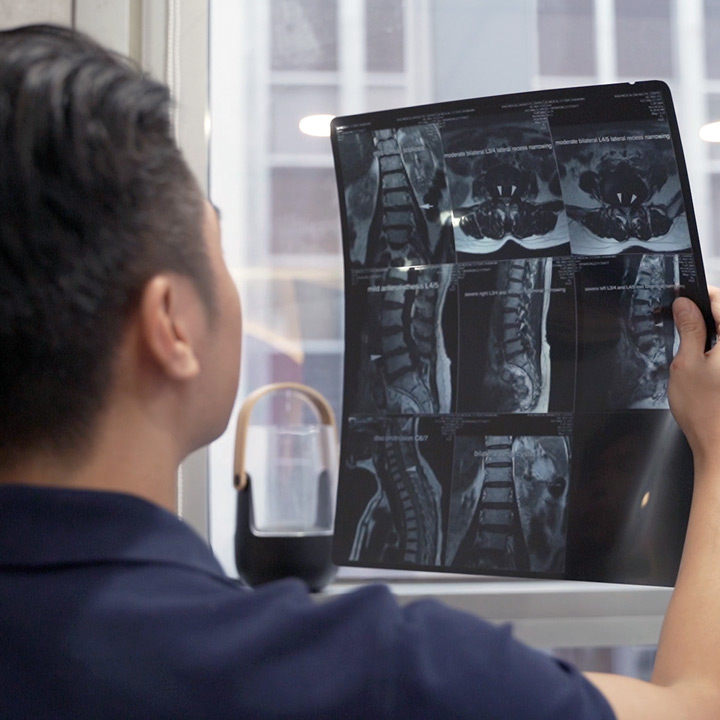
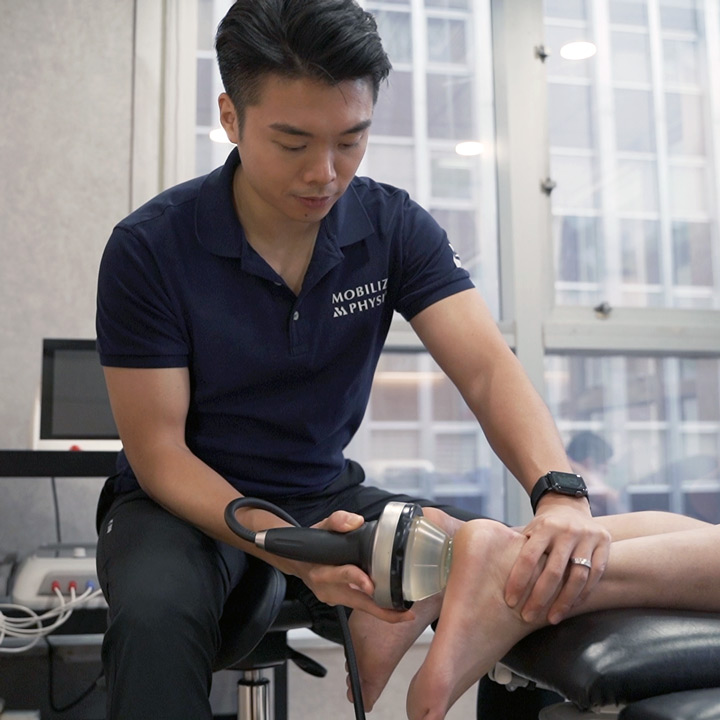
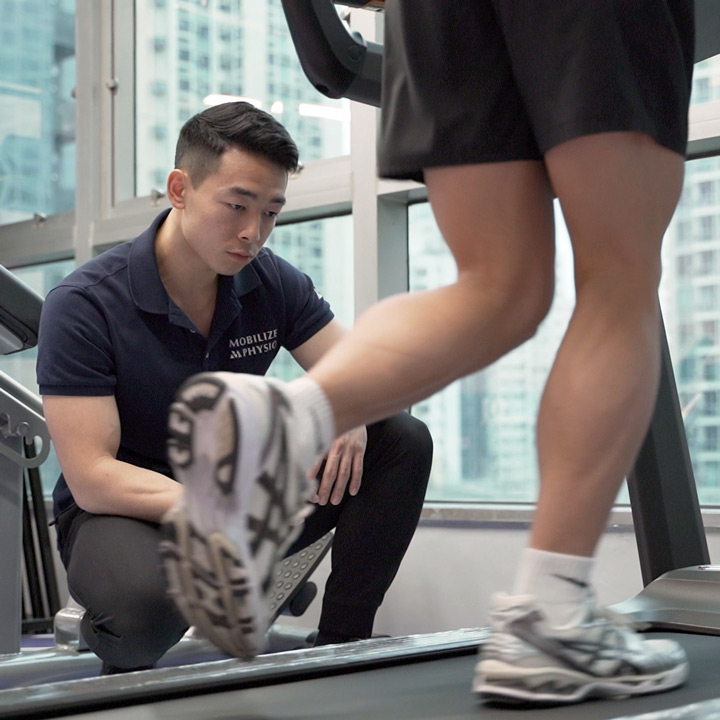
Thigh Strain Physiotherapy Service
Mobilize Physio is a physiotherapy center located in Hong Kong. Our team of professional physiotherapists provides high-quality, evidence-based pain treatment. Our services include sports injury treatment, pain management, post-surgery rehabilitation, and posture and body alignment correction.
Every patient is unique, and we believe that every treatment plan should be customized accordingly. Therefore, we focus on one-on-one service to ensure that each patient receives personalized attention and specialized care.
We are dedicated to helping you recover from injuries and get back to doing what you love. Contact us today to learn more about our physiotherapy services.
Latest Blog Posts

Standing All Day at Work? 7 Tips to Reduce Your Risk of Varicose Veins

Mobility Enhancement for Older Adults: The Key to Healthy Aging
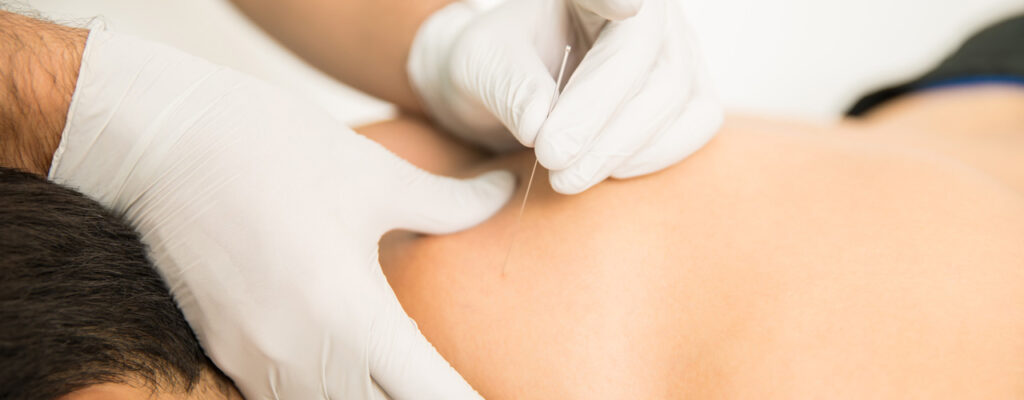
Traditional Acupuncture vs. Dry Needling: What’s the Difference?
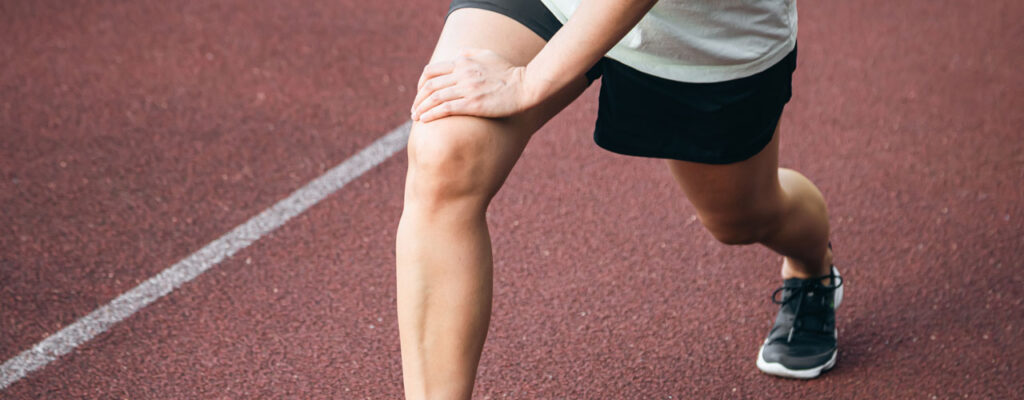
Are You a Runner Experiencing Knee Pain? Here’s Why and What You Can Do
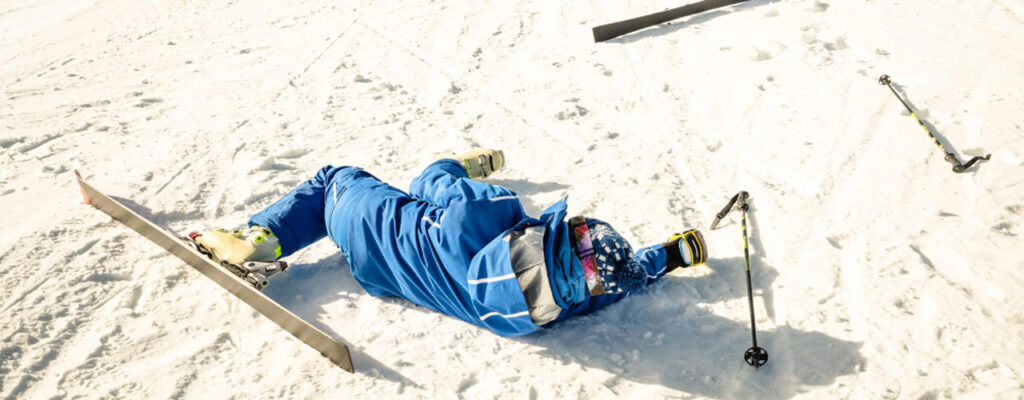
A Must-Read for Beginner Skiers! 6 Common Skiing Injuries and How to Prevent Them

Sinuses and Neck Pain: Is There a Connection?

